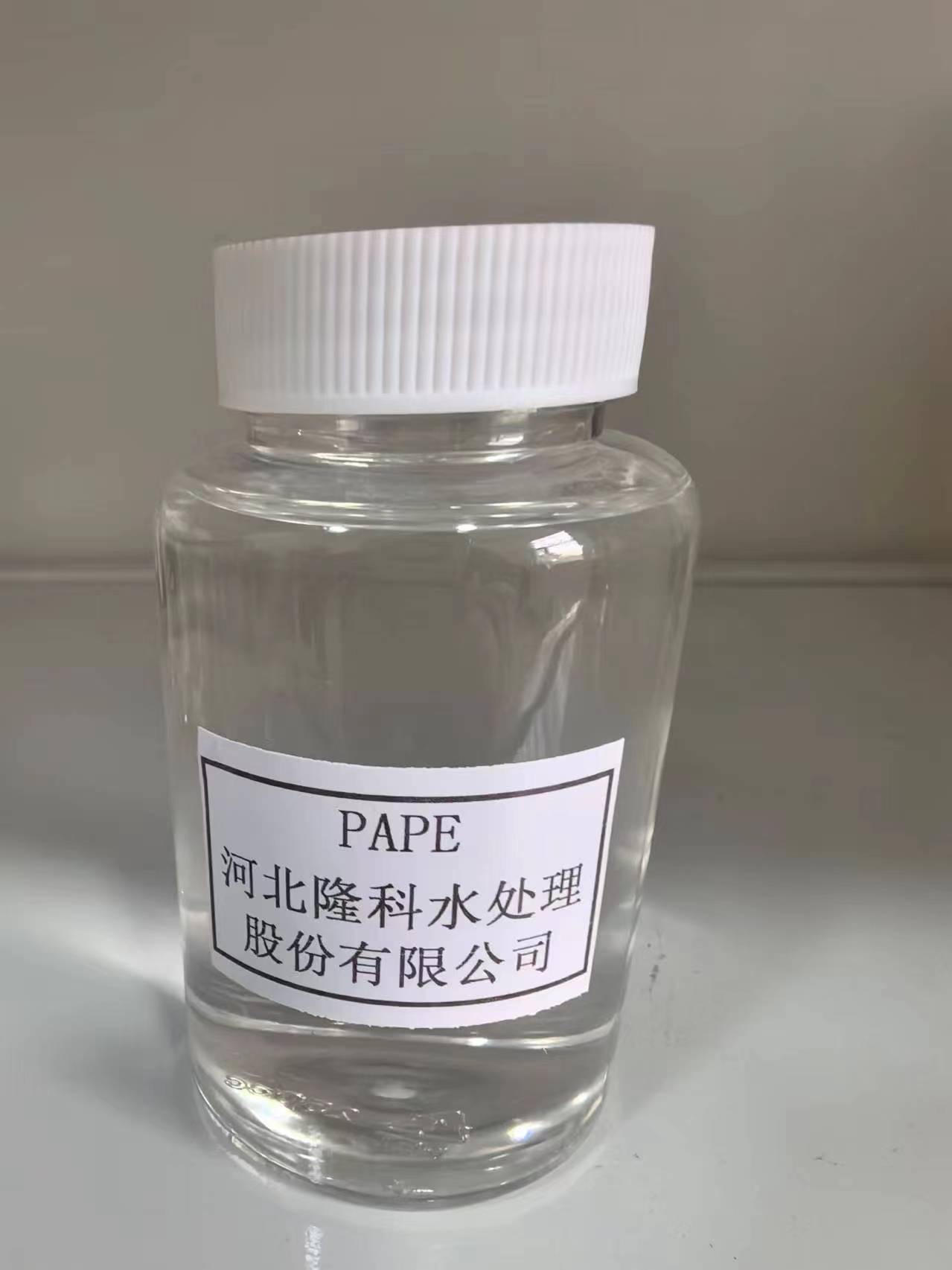The Role of Coagulants and Flocculants in Effective Water Treatment Processes and Techniques
Coagulants and Flocculants in Water Treatment
Water treatment is an essential process for ensuring the safety and availability of clean drinking water. Among the various techniques utilized in this field, the use of coagulants and flocculants plays a crucial role in the removal of impurities from water. Understanding how these substances function and their importance in water treatment can provide insights into maintaining our water supply's quality.
What are Coagulants?
Coagulants are chemical substances that promote the agglomeration of suspended particles in water. When raw water is collected, it often contains a variety of impurities, including sediments, organic matter, and microorganisms. These particles can remain suspended in water due to their small size and the repulsive forces that exist between them. Coagulants help to neutralize these charges, allowing the particles to clump together. Common coagulants include aluminum sulfate (alum), ferric chloride, and polyaluminum chloride. When these coagulants are added to water, they initiate a process known as coagulation.
The Coagulation Process
The coagulation process generally begins with the rapid mixing of the coagulant into the water. This is followed by a slower mixing phase, allowing the coagulant to interact with the particles effectively. During this phase, particles begin to destabilize and form small aggregates known as microflocs. This process is critical because it prepares the particles for the subsequent stage of flocculation.
What are Flocculants?
Flocculants are agents that facilitate the aggregation of microflocs into larger clusters called flocs. Unlike coagulants, which work primarily through charge neutralization, flocculants function by increasing the size of the aggregates. They usually consist of long-chain polymers that can entangle smaller particles, leading to the formation of larger, heavier flocs. As the flocs grow, they become easier to remove from the water through sedimentation or filtration processes.
coagulants and flocculants in water treatment

The Flocculation Process
After coagulation, water treatment plants typically implement a flocculation stage where the water is gently stirred to encourage the microflocs to combine into larger flocs. The effectiveness of this process is influenced by factors such as the type and dosage of flocculant used, the mixing speed, and the water's temperature. High-quality flocs settle quickly, ensuring the clarification of water.
Importance in Water Treatment
The combined use of coagulants and flocculants is foundational in various water treatment applications, including drinking water purification, wastewater treatment, and the removal of turbidity. By helping to eliminate suspended solids, these agents play a crucial role in meeting environmental regulations and ensuring public health safety. The removal of contaminants not only provides clear and safe drinking water but also reduces the load on subsequent treatment processes like filtration and disinfection.
Environmental Considerations
While coagulants and flocculants are effective in treating water, their use must be managed carefully to minimize environmental impact. Residual chemicals should be handled properly to avoid contamination of treated water. Additionally, the selection of biodegradable flocculants is becoming increasingly popular as it aligns with sustainability goals in the water treatment industry.
Conclusion
The application of coagulants and flocculants in water treatment is a complex yet vital process that enhances the quality and safety of our water supply. By improving the removal of pollutants, these agents ensure that communities have access to clean and safe drinking water. As technology advances and environmental considerations grow, the future of water treatment will likely see improvements in the efficiency and sustainability of coagulant and flocculant use.
-
Water Treatment with Flocculant Water TreatmentNewsJun.12,2025
-
Polymaleic AnhydrideNewsJun.12,2025
-
Polyaspartic AcidNewsJun.12,2025
-
Enhance Industrial Processes with IsothiazolinonesNewsJun.12,2025
-
Enhance Industrial Processes with PBTCA SolutionsNewsJun.12,2025
-
Dodecyldimethylbenzylammonium Chloride SolutionsNewsJun.12,2025





